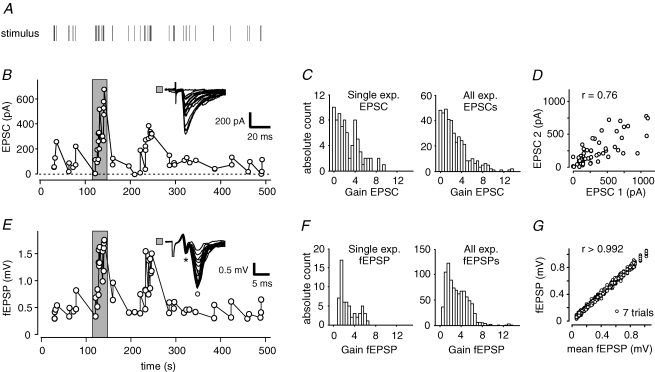Figure 1. Modulation of synaptic efficacy by irregular stimulus trains.
A, presynaptic mossy fibres were extracellularly stimulated with an irregular stimulus train. B, in a whole-cell recording of a CA3 pyramidal cell, highly dynamic postsynaptic response amplitudes were elicited by the stimulus train. EPSCs exhibited failures of transmission pointing at minimal stimulation strength. Inset depicts example traces from time windows marked by grey area. C, gains of synaptic responses during stimulus trains (i.e. instantaneous amplitude/mean basal response to 0.05 Hz) ranged from 0 to ∼13. Left panel shows gains of the single experiment from B; right panel histogram is derived from data of n = 6 cells. D, two consecutive repetitions of the same stimulus train in a single whole-cell recording reveal large variability. Variability in EPSC amplitudes is mainly due to variance in synaptic transmission. E, in a field potential recording, postsynaptic mossy fibre responses are similarly modulated by the same irregular stimulus train. The fibre volley (*) is clearly separated from the postsynaptic component (°). F, gains of fEPSP responses of the experiment in E (left panel) and n = 13 fEPSP recordings (right panel). G, field EPSP responses to a given stimulus train were highly reproducible as seen in n = 7 consecutive presentations of identical stimulus train in one slice.

